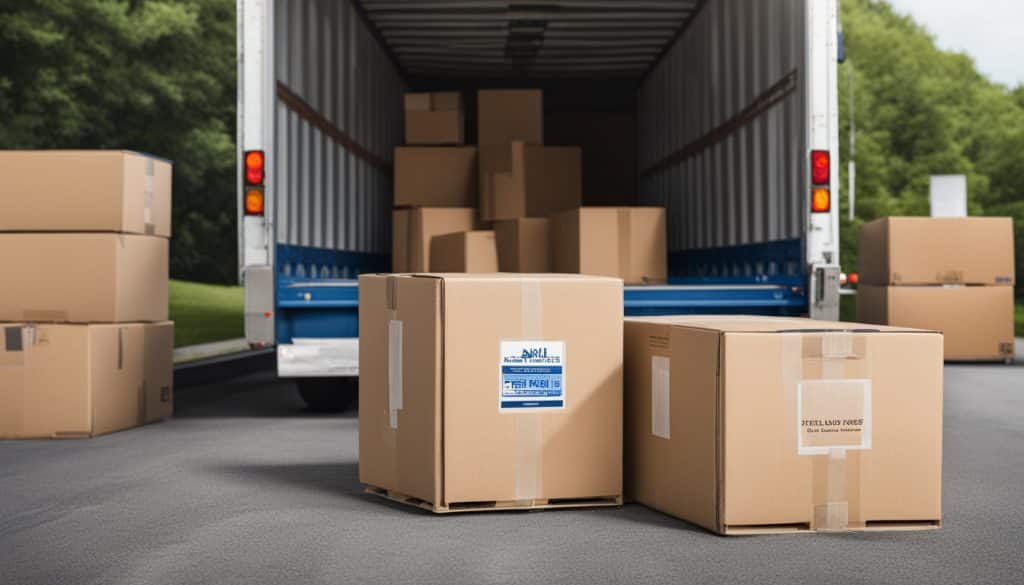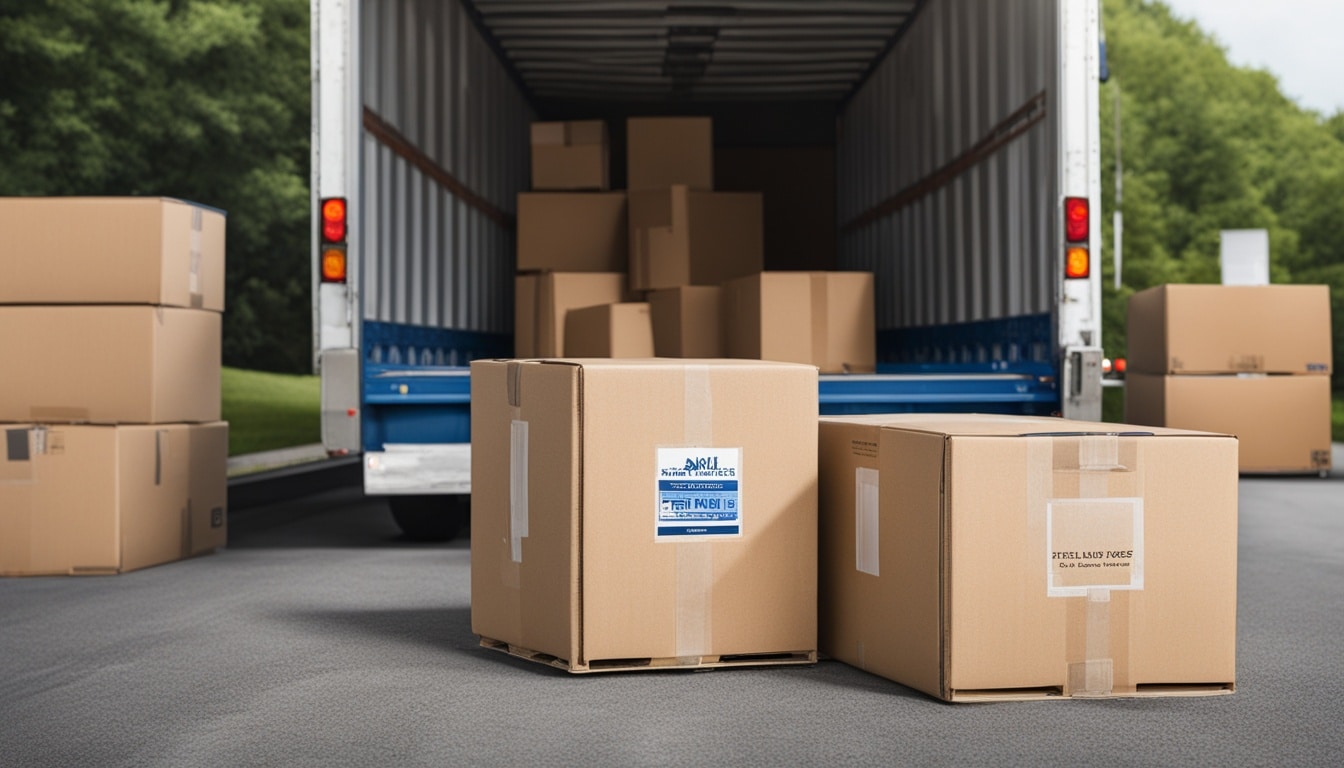Protecting Your Belongings: A Guide to Choosing Between Full Value and Released Value Moving Insurance
Did you know that moving companies must offer Full Value Protection and Released Value Protection for cross country moves? The Federal Motor Carrier Safety Administration (FMCSA) says so. They must figure out the value of each item for Released Value Protection.
This means if your items get damaged, you might get just $0.60 per pound per item with Released Value Protection. But with Full Value Protection, you could get $6.00 per pound of your shipment's total weight. This choice is key for a long move and affects your peace of mind and how much you'll get back if things get damaged.
It's important to know your options. Released Value Protection doesn't cost extra but covers very little. This means you could lose a lot if your items get damaged. But, Full Value Protection costs more and covers everything. It makes sure companies fix, replace, or pay you back for lost or damaged items during the move.
This choice is crucial for protecting your items during an interstate move. It ensures your valuable things are safe.
Moving Insurance Basics: Full Value vs. Released Value
When looking into Moving Insurance 101, it's key to know that the law requires movers to offer two options. These are Full Value Protection and Released Value Protection. They vary in coverage and cost. Yet, both are important for protecting your items during a move.
Definitions and Key Differences
Full Value Protection is a more detailed and pricier choice. It covers the cost to replace your items if they get damaged or lost. The standard coverage is between $6.00 to $12.00 per pound. This makes sure your items are well-protected.
Released Value Protection is a cheaper option. It pays out at most 60 cents per pound per item. But, it might not cover the full value of expensive items. So, it's important to understand the differences between Valuation Coverage vs Insurance.
Coverage Details
Learning about Moving Insurance means knowing what each type covers. Full Value Protection makes the mover fix, replace, or pay cash for damaged or lost items. Movers can limit their liability for items worth over $100 per pound.
You can add more coverage to released value for a fee. This extra insurance covers the gap between the basic 60 cents per pound and the item's real value. It's a good idea for extra protection without the full coverage plan.
Always keep an eye on your shipment, take photos before and after, and file claims quickly. Knowing about Moving Insurance Coverage helps you pick the right option. This is true whether you're new to Moving Insurance or just want more tips from experienced movers.
Understanding Moving Insurance: Basics for Beginners
Understanding moving insurance is key for anyone moving. The Beginners Moving Insurance Guide explains it in simple terms for newbies. It's important to know the difference between valuation coverage and actual moving insurance. Valuation coverage protects against damage the movers can control. Actual moving insurance covers risks like natural disasters.

Here are some tips for beginners from the Beginners Moving Insurance Guide:
- Released Value Protection is the law for moves across states. It covers items at 60 cents per pound each. This might not be enough for valuable items.
- Full Value Protection covers everything. If something gets damaged or lost, the company can fix it, replace it, or pay you based on its value. This costs more but is worth it for full protection.
- Lump Sum or Assessed Value Protection is for very valuable items. It makes sure these items are safe if they're over $100 per pound.
When you're moving, look at all your options. Check your homeowner's insurance to see if it covers moving. Some policies might offer moving insurance as an extra. But, make sure you know what it covers and what it doesn't.
Think about the value of your items, how far you're moving, and how you're moving them. More valuable items might need more protection. Getting advice from moving experts can help you choose the right insurance.
With these tips, beginners can feel confident about moving insurance. Having the right insurance is like having a parachute when skydiving. It's a must for a smooth move.
Conclusion
Understanding moving insurance is key when you're moving across states. Knowing the difference between Full Value and Released Value can really affect your stuff's safety and your wallet. Full Value protection costs about 1% of your items' total value. For example, to cover $3,500 worth of items, you'd pay around $35.
Released Value protection is cheaper but covers less. It's the law to offer it for free. It covers about $0.60 per pound per item. But, it might not be enough for expensive items.
Third-party insurance policies offer more protection but cost more too. For $3,500 worth of items, it could be up to $175. It's important to think about your items' original cost, replacement value, and market worth when picking insurance.
Choosing the right coverage means looking at all your options. Do your homework and get quotes before you decide. This way, you can make a smart choice.
Having the right moving insurance can also make you feel better. It lowers stress and worry about your move. So, taking the time to understand moving insurance can make your move easier and safer.


